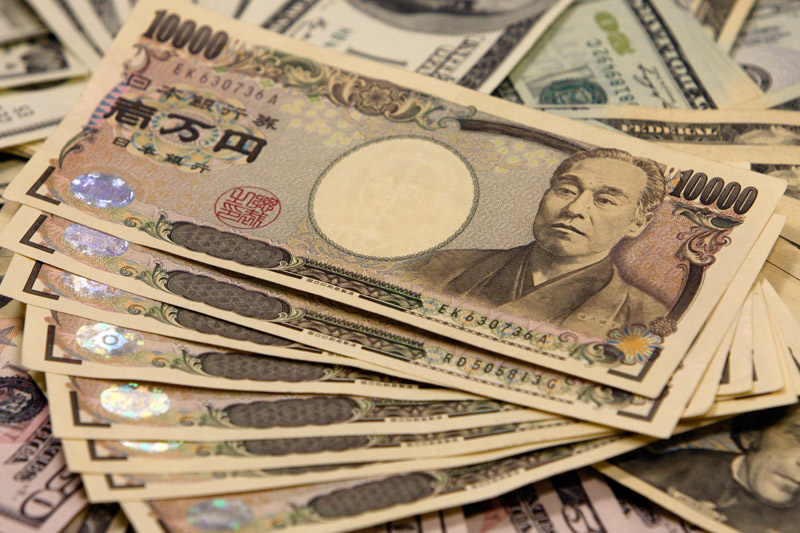Investing.com’s stocks of the week
Investing.com - The U.S. dollar was higher against the yen in holiday-thinned trade on Wednesday, climbing to a fresh 20-month peak after Shinzo Abe was formally approved as Japan’s prime minister by the lower house of parliament earlier.
USD/JPY hit 85.48 during late Asian trade, the pair’s highest since April 7, 2011; the pair subsequently consolidated at 85.42, up 0.65%.
The pair was likely to find support at 84.31, Monday’s low and near-term resistance at 85.52, the high from April 6, 2011.
Incoming Prime Minister Shinzo Abe was expected to announce his cabinet lineup later in the day.
Abe has recently called for unlimited easing by the Bank of Japan in order to weaken the local currency and spur growth in the recession-hit economy.
In addition, minuets from the BoJ’s most recent policy-setting meeting showed that some monetary-policy committee members said measures should be adjusted to further weaken the local currency.
“Some members raised the point that it might be necessary for the bank to improve its policy measures further to enhance the influence of monetary policy on foreign-exchange rates,” the minutes said.
The minutes also showed that one member called for keeping policy and easing moves loose until the deflation-plagued country can achieve consumer inflation of 1%.
Meanwhile, market players remained focused on developments surrounding the fiscal cliff in the U.S., approximately USD600 billion in automatic tax hikes and spending cuts due to come into effect on January 1.
President Barack Obama plans to return early from his vacation to Hawaii in order to take part in talks to avert the crisis ahead of the year-end deadline, reports said late Tuesday.
Without a deal, the U.S. could fall back into recession and drag much of the world down with it.
The U.S. is to publish industry data on house price inflation as well as a report on manufacturing activity in Richmond later in the trading day.
Elsewhere, the yen was also lower against the euro, with EUR/JPY up 0.64% to hit 112.68, the highest level since August 2011.
Volumes are expected to remain light because many investors have closed books to lock in profit before the end of the year, reducing liquidity in the market and increasing the volatility.
USD/JPY hit 85.48 during late Asian trade, the pair’s highest since April 7, 2011; the pair subsequently consolidated at 85.42, up 0.65%.
The pair was likely to find support at 84.31, Monday’s low and near-term resistance at 85.52, the high from April 6, 2011.
Incoming Prime Minister Shinzo Abe was expected to announce his cabinet lineup later in the day.
Abe has recently called for unlimited easing by the Bank of Japan in order to weaken the local currency and spur growth in the recession-hit economy.
In addition, minuets from the BoJ’s most recent policy-setting meeting showed that some monetary-policy committee members said measures should be adjusted to further weaken the local currency.
“Some members raised the point that it might be necessary for the bank to improve its policy measures further to enhance the influence of monetary policy on foreign-exchange rates,” the minutes said.
The minutes also showed that one member called for keeping policy and easing moves loose until the deflation-plagued country can achieve consumer inflation of 1%.
Meanwhile, market players remained focused on developments surrounding the fiscal cliff in the U.S., approximately USD600 billion in automatic tax hikes and spending cuts due to come into effect on January 1.
President Barack Obama plans to return early from his vacation to Hawaii in order to take part in talks to avert the crisis ahead of the year-end deadline, reports said late Tuesday.
Without a deal, the U.S. could fall back into recession and drag much of the world down with it.
The U.S. is to publish industry data on house price inflation as well as a report on manufacturing activity in Richmond later in the trading day.
Elsewhere, the yen was also lower against the euro, with EUR/JPY up 0.64% to hit 112.68, the highest level since August 2011.
Volumes are expected to remain light because many investors have closed books to lock in profit before the end of the year, reducing liquidity in the market and increasing the volatility.
